Social Media and the NLRA: Finding the Section 7 "sweet spot"
Two recent actions by the NLRB nicely illustrate when an employee’s social media use will be protected by Section 7 of the NLRA, and when it will not. Section 7 of the NLRA (29 U.S.C. § 157) protects a worker’s right to engage in concerted activities, which means the right to act with coworkers to improve wages and working conditions. Section 7 protection for social media use is an emerging and exciting area of the law.
On May 18, 2011, the NLRB issued a complaint against Hispanics United of Buffalo for unlawfully discharging five employees because of their response to a Facebook post by a fellow co-worker. In their posts, the employees defended their job performance and criticized working conditions, including work load and staffing issues. The complaint alleges that such discussions were protected concerted activities under Section 7 because they “involved a conversation among coworkers about their terms and conditions of employment, including their job performance and staffing levels.” The case is set to be heard before an administrative law judge next month. There were similar cases in February and April.
No complaint will be issued, however, over the termination of a reporter for The Arizona Daily Star. The reporter created a Twitter account in the spring of 2009 at the urging of the newspaper. In the biography section of his account, the reporter stated that he was a reporter for the Daily Star and included a link to the paper’s website. His tweets occasionally referred his followers to the Daily Star’s website for stories.
In late January of early February of 2010, the reporter tweeted a criticism of the use of headline puns by the paper’s copy editors. In a subsequent meeting with his supervisors, he was directed to voice his criticism in person to the copy editors rather then on Twitter. In the fall of 2010, the reporter posted a series of arguably offensive tweets related to the high homicide rate in Tucson (e.g. “What?!?!? No overnight homicide? WTF? You’re slacking Tucson.”). In addition, the reporter posted a criticism of a spelling error in a tweet by a Tucson-area television news station. The station’s web producer complained to the paper that “since this particular account is affiliated with the Star, a tweet like that [is] unprofessional.” The reporter was subsequently fired.
The NLRB’s Office of the General Counsel issued an Advice Memorandum regarding this case on April 21, 2011. The Memorandum concluded that the reporter’s discharge did not violate the NLRA “because [the reporter] was terminated for writing inappropriate and offensive Twitter postings that did not involve protected concerted activities.” In other words, because his tweets were not aimed at improving his wages and working conditions, they were not protected by Section 7.
The two cases illustrate the type of social media activity that will enjoy Section 7 protection, and the type of activity that will not. An employee who uses Twitter simply to complain about his employer’s product, or to call his boss names, is unlikely to enjoy Section 7 protection. On the other hand, an employee who uses Twitter to complain that her wages are too low, or that her employer is violating labor laws, is likely to enjoy Section 7 protection. For Section 7 protection, the focus of an employee’s social media musings must be on the terms and conditions of employment. Otherwise, the “dooced” employee may be SOL. And that’s nothing to LOL about.
